

East West University (EWU) is growing steadily upholding the sprits of its oath “Excellence in Education” in order to contribute to the development of the business and technological sectors of Bangladesh. Our programs are updated continuously by an independent academic council consisting of scholars from renowned academic institutions of the country and are based on curricula North American Universities. Our graduates are much sought after and employed by the corporate sectors of the country.


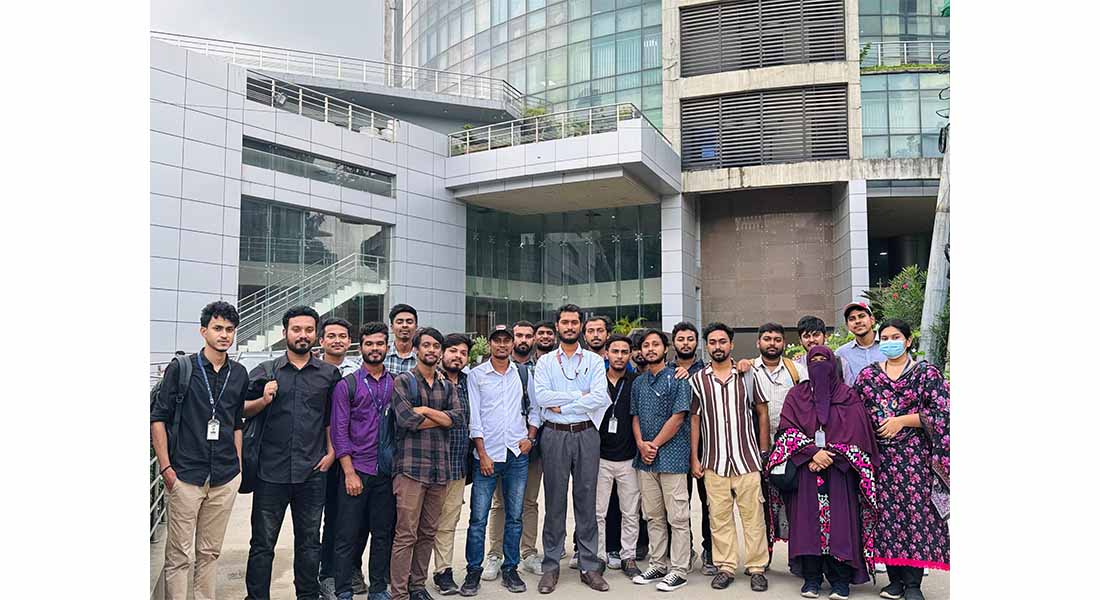
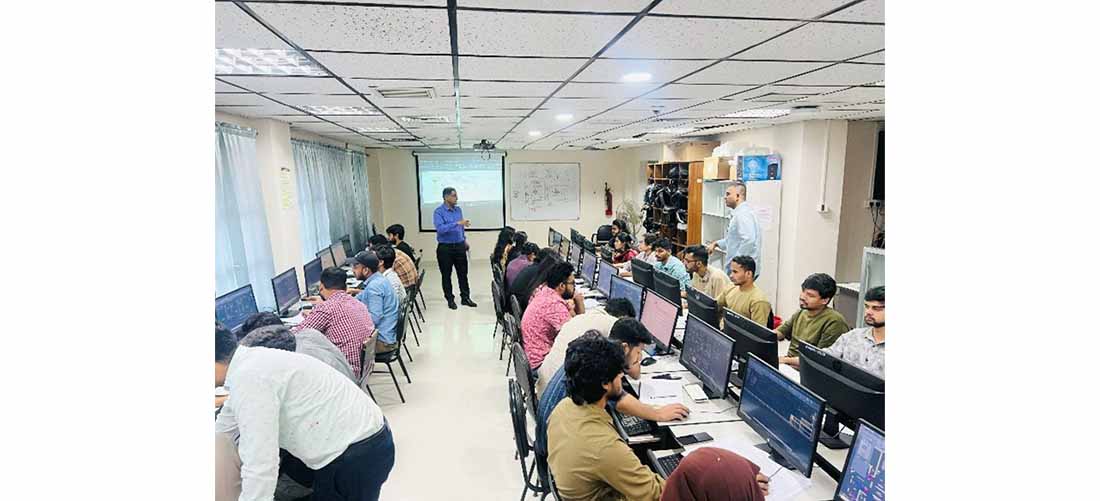
The Department of EEE successfully organized a two-day hands-on workshop on Electrical Services Design Using AutoCAD on ...
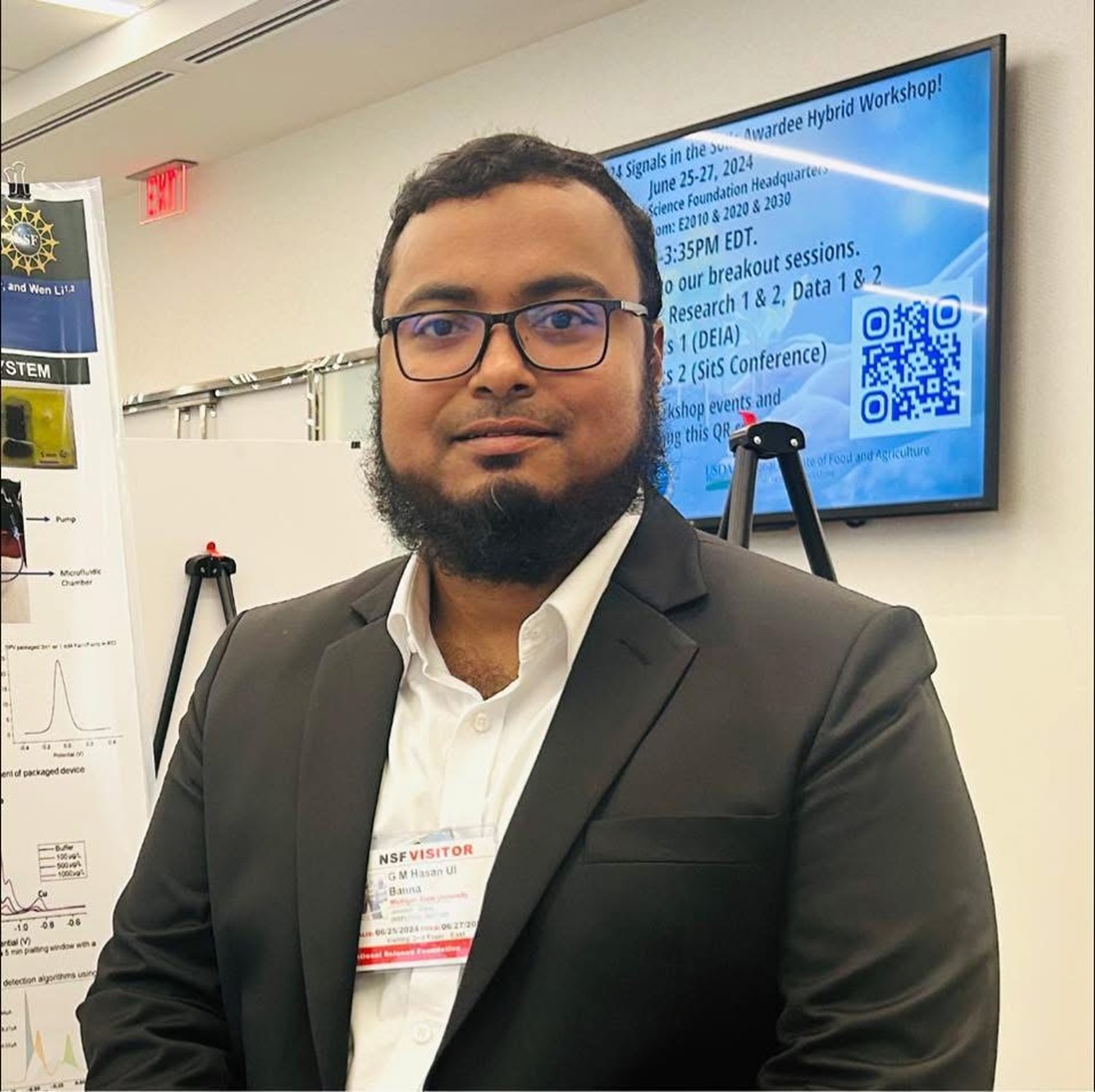
Dr. G. M. Hasan Ul Banna, an alumnus of the Electrical and Electronic Engineering (EEE) department of East West Universi...
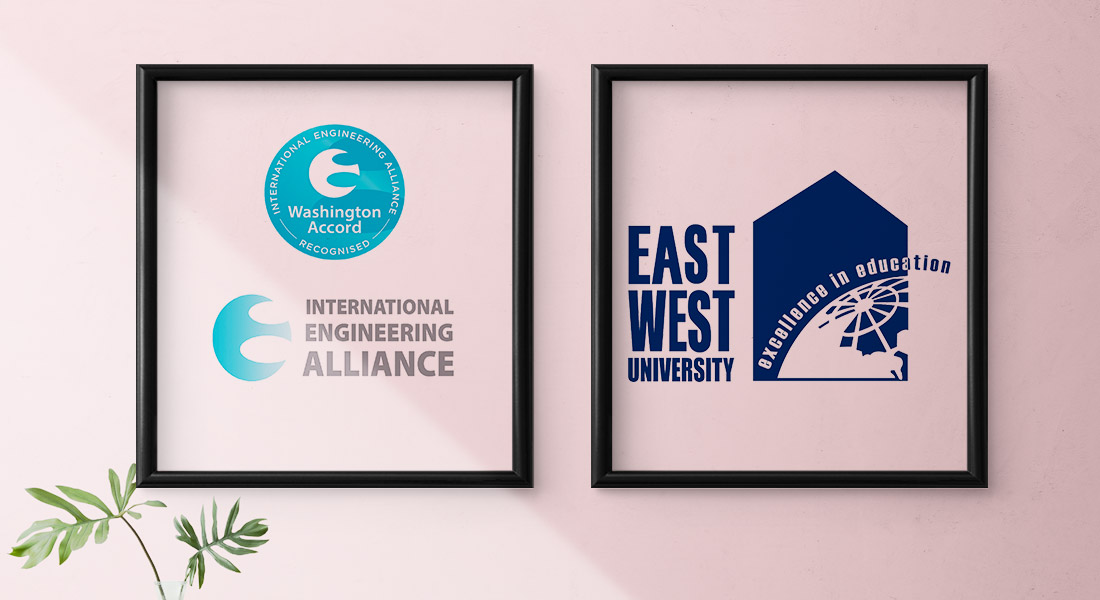
The Board of Accreditation for Engineering and Technical Education (BAETE) under the Institution of Engineers, Banglades...
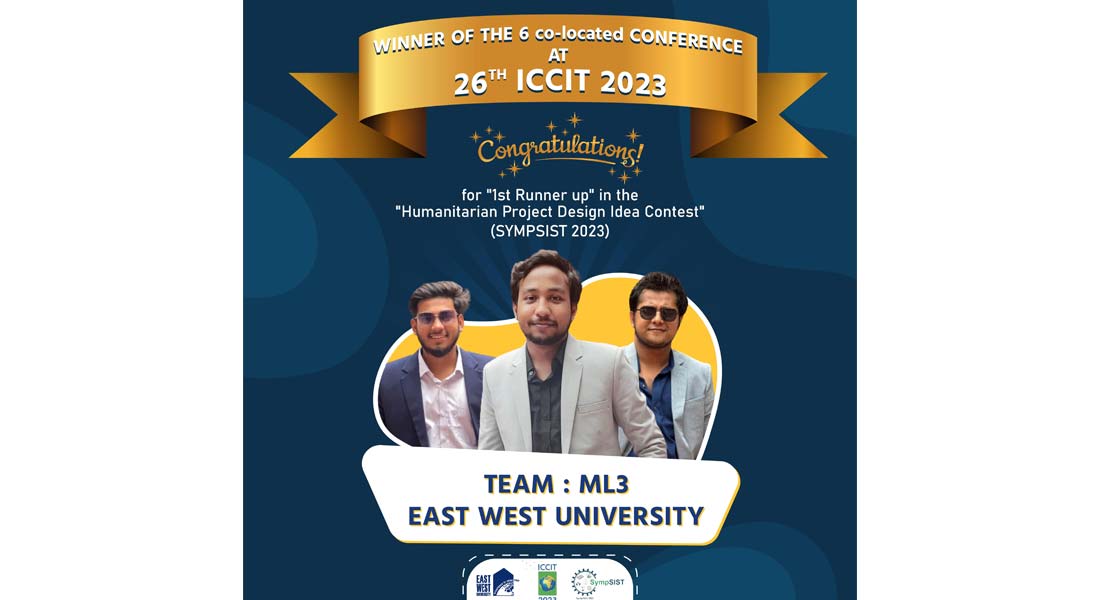
ML3, recently participated in the "6 Co-located Conferences at 26th ICCIT 2023 Contests and Competition" with their proj...
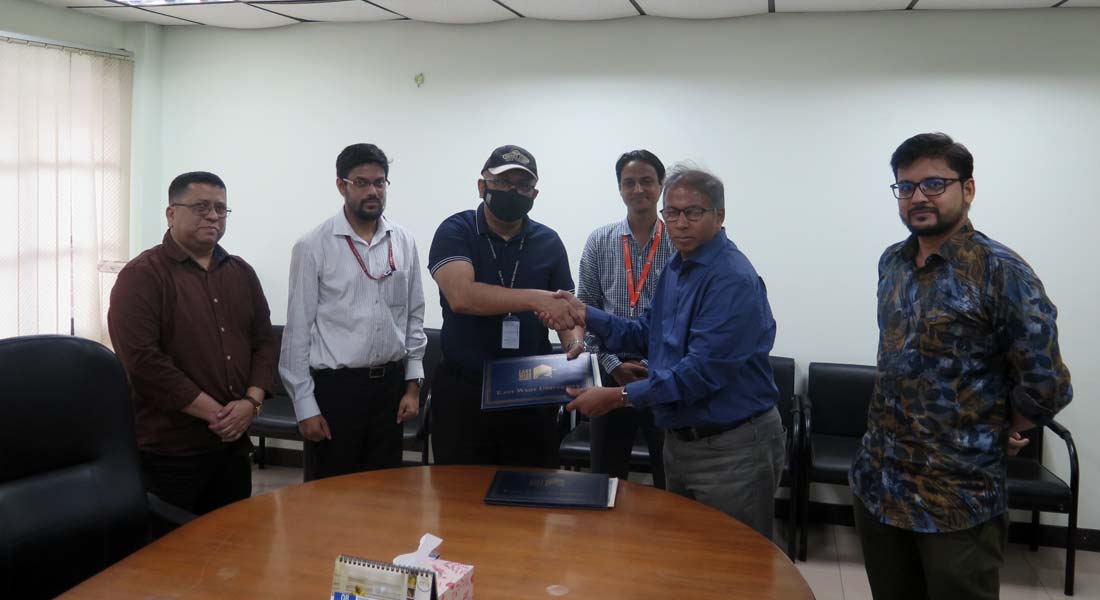
East West University (EWU) and Ulkasemi Pvt. Limited signed an MoU on 3-Aug-2023. Mr. Mashfiqur Rahman (Registrar, EWU) ...
Credits: 3+0 = 3, Pre-requisite: EEE 308
Introduction: Nano-dimension and paradigm, definitions, background and current practice. Technology transitions from more-Moore beyond CMOS towards more-than-Moore heterogeneous integration technologies. Nanofabrication & characterization: Brief processing steps of Nano-devices fabrication, Nano-lithographic and Nano-characterization techniques. Techniques of nanomaterial growth: Top down and bottom up approaches, molecular electronics, nanocrystal growth, self-assembly and self-organization. CMOS nanotechnology: Scaling of transistors dimension, Advances in Microelectronics—From Microscale to Nanoscale Devices and non-classical nano-MOSFET structures. Carbon based nanotechnology: The geometry of nanoscale carbons, formation, band structure, structural and electronic properties; Fullerenes: Families of fullerenes, reactivity and potential applications; Carbon nanotubes: Molecular and supra-molecular structure, properties of single wall and multi wall carbon nanotubes, synthesis and characterization, applications. Nanotechnology in magnetic systems: Magneto resistive materials and devices and nano-magnetic storages. 2D electronics: The Challenging Promise of 2D Materials for Electronics, 2D Layered Materials: From Materials Properties to Device Applications: paradigm shift from Single-crystalline, poly-crystalline and amorphous silicon/germanium thin film towards III-V materials; Metal oxide thin films and molybdenum-di-sulfide material system. Bionanotechnology: Brief introduction to the integration of conventional nanoelectronics with life sciences, biomimetic nanostructures, bimolecular motors and biosensors.
Nanotechnology is behind many cutting edge electronic devices that find applications in diverse areas such as modern computer processors, data storage devices and biosensors. This course provides a comprehensive understanding of nanotechnology by covering material growth, nanoscale device fabrication and characterization techniques. Students will have an in-depth understanding of existing CMOS (complementary metal-oxide semiconductor) technology as well as exploratory materials such as carbon based nanotechnology, 2D materials and group III-V semiconductors.
The objectives of the course are to
At the end of the course, the students are expected to demonstrate knowledge and understanding of:
Credits: 3+1=4, Pre-requisites: None
Introduction to circuit variables and circuit elements, Ohm’s law, Kirchhoff’s current and voltage laws, voltage and current division, series and parallel combination of resistances and sources, Wye-Delta transformation. Nodal and mesh analysis. Circuit theorems, superposition, source transformation, Thevenin’s, Norton’s and maximum power transfer theorems. Fundamental properties of capacitors and inductors, natural and step response of RC and RL circuits.
The course includes lab work including open-ended lab based on theory taught.
Electrical circuit analysis covers the fundamental methods and principles required for the design and analysis of electrical engineering devices and systems. This course forms the backbone of most other advanced EEE courses. This course arms the students with the fundamentals and prepares them for the exciting world of electrical engineering.
The objectives of the course are to
At the end of the course, the students are expected to
Mapping of course outcomes (COs) into the program outcomes (POs)
|
CO
|
PO
|
Taxonomy domain/level
|
Assessment tool
|
|---|---|---|---|
|
Explain concepts of voltage, current, power, energy, sources, resistance, energy storage elements and circuit configurations
|
PO1
|
Cognitive/Understand
|
Mid Term exams, Final exam
|
|
Apply different analysis techniques and circuit theorems for solution of DC resistive circuits
|
PO1
|
Cognitive/Apply
|
Mid Term exams, Final exam
|
|
Analyze natural and step responses of RL and RC circuits
|
PO1
|
Cognitive/Analysis
|
Mid Term exams, Final exam
|
|
Build basic electrical circuits and operate fundamental circuit lab equipment
|
PO5
|
Psychomotor/Precision
|
Lab performance, lab tests
|
|
Use computer aided design (CAD) tool to simulate DC circuits
|
PO5
|
Psychomotor/Precision
|
Lab performance, lab tests
|
Credits: 3+1=4, Pre-requisite: EEE 201
Diode: physical operation, terminal characteristics, circuit analysis, and applications. Zener diode: physical operation, terminal characteristics, and application as voltage regulator. BJT: physical operation, terminal characteristics, biasing, small and large signal models. MOSFET: physical operation, terminal characteristics, threshold voltage, body effect, early effect, biasing and Q-point analysis, small signal models, amplification and amplifier configurations.
The course includes lab work based on theory taught including open ended labs.
One of the core requirements for students studying electrical engineering is to develop an in-depth understanding of basic electronic circuits that include electronic devices such as diodes, BJTs, and MOSFETs. The course aims to develop students’ skills for analysis of such circuits.
The objectives of the course are to
At the end of the course, the students are expected to
Mapping of course outcomes (COs) into the program outcomes (POs)
|
CO
|
PO
|
Taxonomy domain/level
|
Assessment tool
|
|---|---|---|---|
|
Explain the operation and terminal characteristics of diodes, BJTs, and MOSFETs
|
PO1
|
Cognitive/Understand
|
Mid Term exams, Final exam
|
|
Analyze the diode, BJT, and MOSFET circuits with DC only or DC and AC sources
|
PO1
|
Cognitive/Analyze
|
Mid Term exams, Final exam
|
|
Analyze the BJT and MOSFET amplifier circuits to evaluate amplifiers’ performance parameters
|
PO1
|
Cognitive//Analysis
|
Mid Term exams, Final exam
|
|
Build and simulate electronic circuits and perform measurements using electronic equipment
|
PO5
|
Psychomotor/Precision
|
Lab performance, lab tests
|